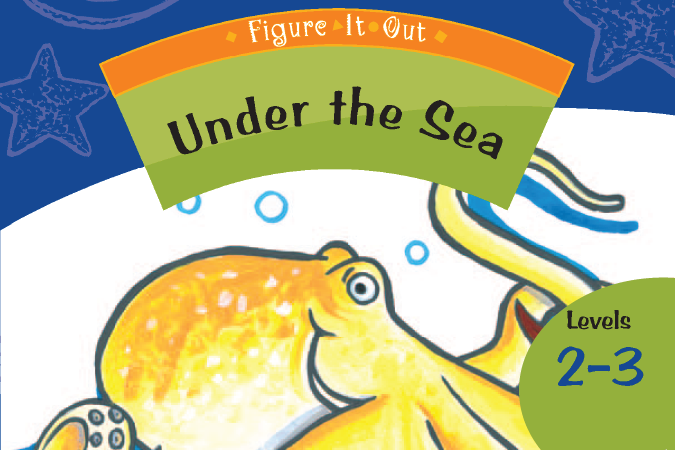Floating ideas
This is a level 2-3 activity from the Figure It Out series. A PDF of the student activity is included.

About this resource
Figure It Out is a series of 80 books published between 1999 and 2009 to support teaching and learning in New Zealand classrooms.
This resource provides the teachers' notes and answers for one activity from the Figure It Out series. A printable PDF of the student activity can be downloaded from the materials that come with this resource.
Floating ideas
Required materials
- Figure It Out, Theme: Under the Sea, Levels 2–3, "Floating ideas", page 24
- different-shaped pieces of ice
- salt
- a large drinking glass
See Materials that come with this resource to download:
- Floating ideas activity (.pdf)
Activity
Students may be tempted to use the ruler as a definitive measure (it does work for picture c), but a better way of working out how much of the ice is below the surface is to work with volume.
Though the density of icebergs varies according to the pressure and time during which they were formed, usually about seven-eighths of the iceberg is below the water surface. Students will need quite large pieces of ice. These can easily be made by leaving plastic containers full of water in a deep freeze overnight.
For cube shapes or other rectangular prisms, line a cereal packet with plastic wrap or a plastic bag, fill it with water, and freeze it. (If this method is used, students will need to float their pieces of ice in something larger than a large drinking glass.) For such regular solids, it is appropriate to measure the proportion of the piece of ice above the water surface.

This is not the case for irregular solids, as demonstrated by the varying shapes shown in pictures a, b, and d. For example, a pyramid-shaped block like the one below may give the illusion of a greater proportion of ice being out of the water, particularly if a linear measure is used.

Students may wish to look up Internet sites about icebergs to check their findings from their investigations.
1.
Approximately 7/8 of each iceberg is underwater.
2.
Answers will vary. Students may comment on the various shapes of the icebergs shown. The third picture gives the best clue.
3.
A ruler does not take into account the different shapes measured.
Investigation
Answers will vary, but students should realise that no matter what the shape of the iceberg is, the same proportion (7/8) will be under the water.
The quality of the images on this page may vary depending on the device you are using.


